One of the key points in salary reform is to abolish the basic salary and rearrange the current allowance regimes.
According to Resolution 27-NQ/TW in 2018 of the Central Executive Committee, the new salary structure includes: Basic salary (accounting for about 70% of the total salary fund) and allowances (accounting for about 30% of the total salary fund).
In addition, civil servants and public employees are given additional bonuses, the bonus fund is equal to about 10% of the total salary fund of the year, excluding allowances.
In addition, the state will develop and promulgate a new salary system according to job positions, titles and leadership positions to replace the current salary system; convert old salaries to new salaries, ensuring that they are not lower than current salaries.
Accordingly, a salary table for positions is developed to apply to cadres, civil servants, and public employees holding leadership positions (elected and appointed) in the political system from the central to communal level.
This salary table is built on the principle that the position salary must reflect the hierarchy in the political system; the position of leadership must be paid according to that position; if a person holds many positions, he/she will receive the highest position salary; if he/she holds equivalent positions, he/she will receive the same position salary; the position salary of a superior leader must be higher than the position salary of a subordinate leader;

Salary reform in the spirit of Resolution 27 to increase income for cadres, civil servants and public employees (Photo: Hoa Le)
Prescribe a salary level for each equivalent position; do not classify ministries, branches, departments, committees and equivalents at the Central level when building the salary table for positions at the Central level; do not distinguish different salary levels for the same leadership position according to the classification of administrative units at the local level but implement them through the allowance regime.
The classification of equivalent leadership positions in the political system to design the salary table for positions is decided by the Politburo after reporting to the Central Executive Committee.
In addition, there will be a salary table for professional and technical skills according to civil servant ranks and professional titles of public employees applied to civil servants and public employees who do not hold leadership positions; each civil servant rank and professional title of public employees has many salary levels.
This salary table is built on the principle that the salary level is the same for the same level of complexity of the job; working conditions are higher than normal and career incentives are implemented through a career-based allowance regime; rearrangement of groups and ranks in civil servant ranks, professional titles of public employees, and encouragement for public employees to improve their professional qualifications and skills.
Appointment to a civil servant rank or professional title of a public employee must be linked to the job position and the structure of the civil servant rank or professional title of a public employee carried out by the agency, organization or unit managing civil servants and public employees.
Establish 3 salary tables for the armed forces, including: 1 salary table for military officers, officers, and professional police non-commissioned officers (according to position, title, and military rank or grade); 1 salary table for professional soldiers, police technical specialists, and 1 salary table for defense workers and police workers (in which the salary correlation of the armed forces compared to administrative civil servants is maintained as at present).
Source link












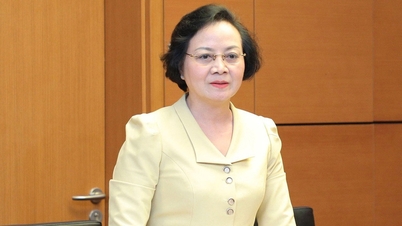
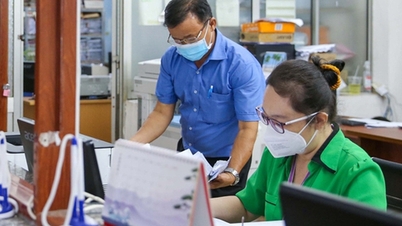







![[Video] Many localities exempt 100% of tuition fees for students and preschool children](https://vphoto.vietnam.vn/thumb/402x226/vietnam/resource/IMAGE/2025/5/10/73c1f0af28f148dbbc14bd2180954da7)













![[Photo] General Secretary To Lam meets with Chairman of the Federation Council, Parliament of the Russian Federation](https://vphoto.vietnam.vn/thumb/1200x675/vietnam/resource/IMAGE/2025/5/10/2c37f1980bdc48c4a04ca24b5f544b33)
![[Photo] Ho Chi Minh City: Many people release flower lanterns to celebrate Buddha's Birthday](https://vphoto.vietnam.vn/thumb/1200x675/vietnam/resource/IMAGE/2025/5/10/5d57dc648c0f46ffa3b22a3e6e3eac3e)


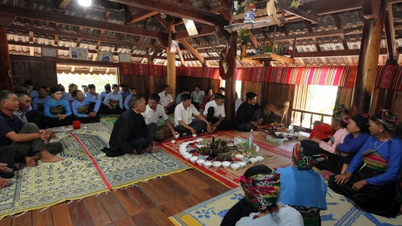



























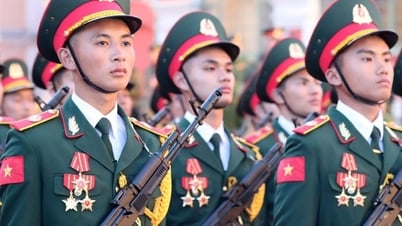




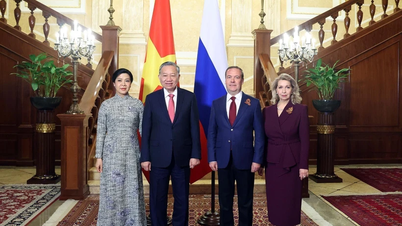








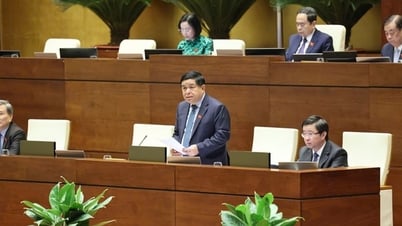

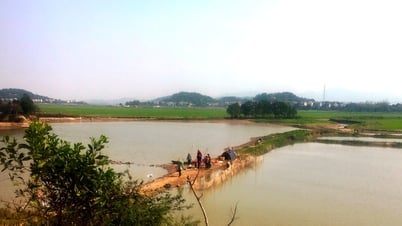





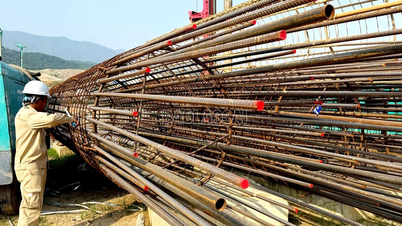















Comment (0)